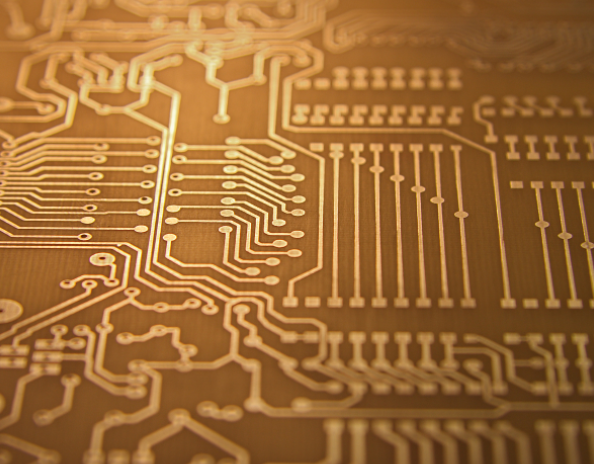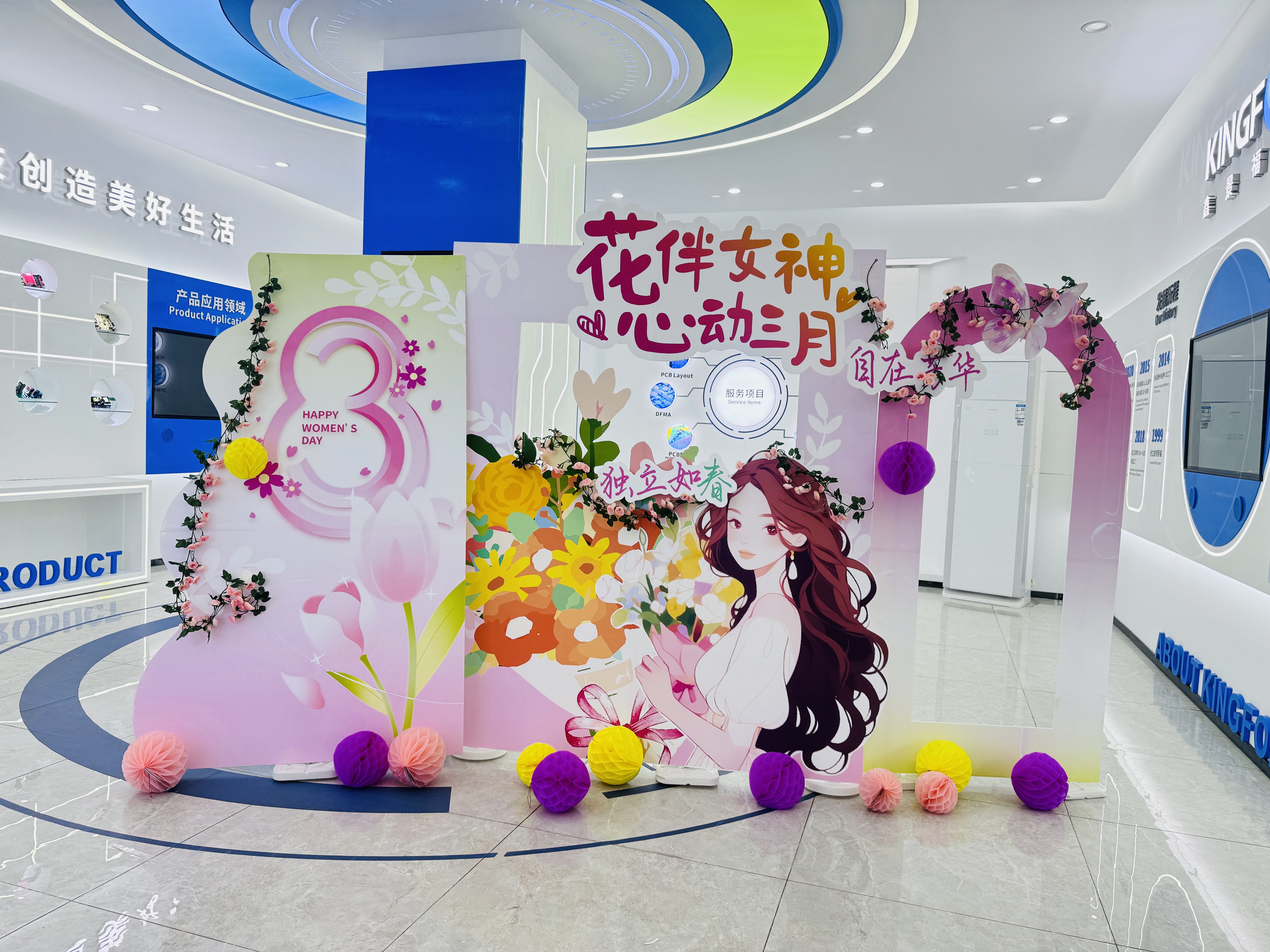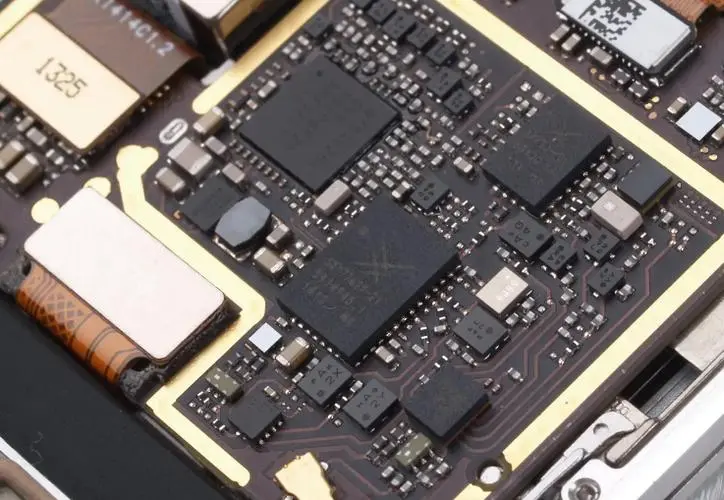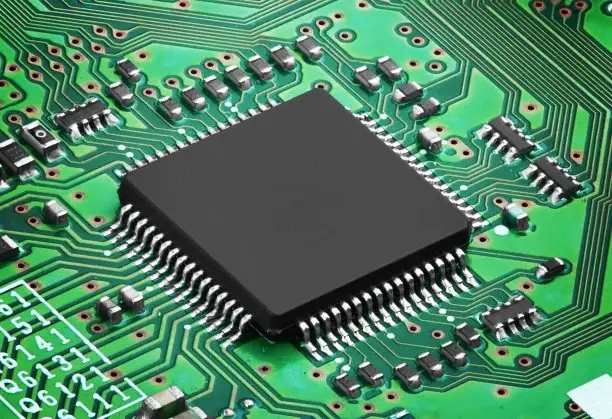
New UV Laser Processing Technology for PCB and Substrate
Since the ablation limit of epoxy resin is lower than copper (yellow), this cleaning step (green) cannot penetrate the bottom copper. The light beam illumination is soft, and the data thICkness and uniform tolerance are balanced.
HDIs developed by UV process:
Process A: The mask tolerance of four step process, mixed wetting and laser process is between 50 and 70 im, and the typical aperture is 100 to 125 im.
Process B: two-step laser process and one-step wetting process. Due to the diffraction of CO2 on the mask, the diameter of the pinhole is about 60 im. The copper opening thickness that can be provided for specially processed copper data CO2 is limited to 7im. This process still needs to remove stains.
C process: 1-step laser process. Ultraviolet laser has no limit on the drilling of internal and external copper. Ultraviolet laser has additional cleaning process, which reduces the drilling pollution process to the limit and can even replace the drilling pollution process.
PCB board
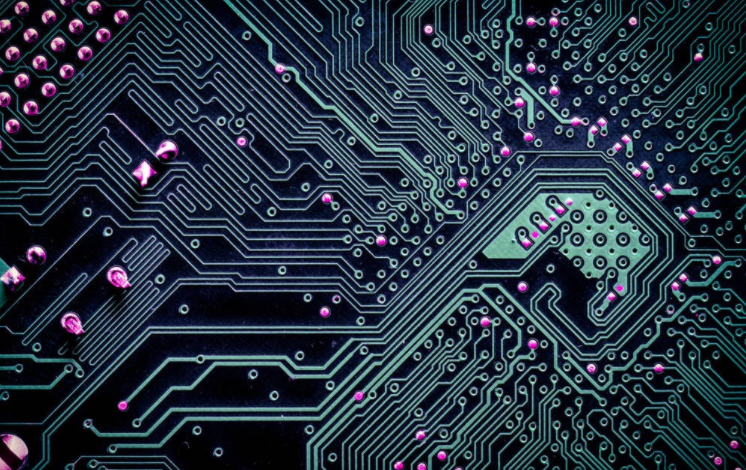
The UV laser can reduce the complete hole processing step to a single laser step, especially eliminating the need for drilling or even completely eliminating the step, especially for pulse pattern electroplating. There is no need to use aggressive brushing procedures. For example, for CO2 lasers, the hole shape roughness, core suction and cylinder deformation are improved.
Other applications and quality results of UV laser
Blind hole
Double layer via
Through-hole
Flexible
In addition to focusing irradiation operations commonly used in holes, the new laser system can also perform complex mapping operations, which can be used to cut thin line patterns or remove welding masks after burying masks. The machining area of almost any shape can be machined. So far, when the defects on the solder mask are only minor faults and irrelevant, the laser ablation of the solder mask is only used to repair some damaged pads. In addition, the entire panel will not be scrapped, but HDI technology needs a larger opening size and positioning. The figure below shows the opening and cross section of circular and square solder mask formed after pressure steam test and thermal cycling. Since the speed is up to more than 100 pads per second, for BGA and FC, the cost of 128 pads per IC is about 0.5 cents. When drawing thin lines, the figures are carved by laser tracks, as shown in the figure below. The speed of laser tracks can reach 1000mm/s. After ablation of 1 im thick tin by laser, the width is between 15 and 25 im. After the tin pattern is drawn, the pattern is etched to maintain the spacing of the laser path width and the side effect of etching. For copper with a thickness of 12im, patterns SMAller than 2mil/2mil can be obtained. Fan out 2mil/2mil IC and MCM patterns. The application of drawing thin line directly is limited by the drawing speed. The fan out time shown in the figure below is less than 1 second, while at 40 It takes 10 to 15 seconds to fan out a complete figure in a 40 mm area.
Conclusion
The ultraviolet laser system provides a complementary solution for existing CO2 drilling tools Short wavelength and small spots make drilling more flexible and complex The goal of UV laser is to meet the needs of HDI Compared with CO2 efficiency, especially for large pores, there is still a gap in UV output, but with the development of high-power high-frequency UV lasers, this difference will become smaller and smaller The number of processing steps using ultraviolet laser to generate vias will be reduced to a single laser step and the required painting steps will be minimized In addition to major drilling applications, UV systems can also be used for direct drawing and precise ablation of solder masks This provides additional value for the UV laser In terms of transport capacity, there is still much room for improvement in the UV laser system Smaller pulse width, higher frequency, higher power and high-speed servo operation will improve productivity. In the near future, the MARKet will increasingly accept the ultraviolet laser system as a complete tool PCB
The above is the explanation given by the editor of pcb circuit board company. If you want to know more about PCBA, you can go to our company's home page to learn about it. In addition, our company also sells various circuit boards,
High Frequency Circuit Board and SMT chip are waiting for your presence again.
然后
联系
电话热线
13410863085Q Q

微信

- 邮箱




